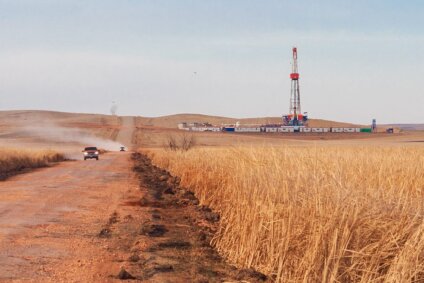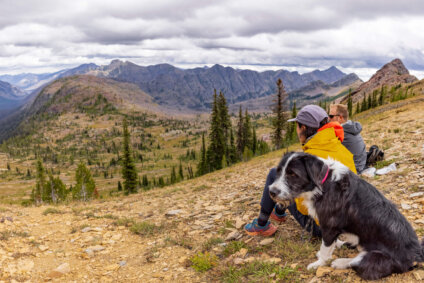BLM Gives Short Shrift to Southeast Montana’s Wildlands
Agency will protect the wilderness character of a mere .2% of 2.75 million acres
The Bureau of Land Management (BLM) has a duty to manage our lands for multiple values, and that includes protecting wilderness and conserving some of the last remaining unbroken prairie in all the Great Plains.
Unfortunately, the BLM didn’t live up to that duty when it recently released the Record of Decision on its Miles City Resource Management Plan (RMP). This plan is the final administrative decision on how the BLM will manage 2.75 million acres of public land in southeast Montana for the next 20 to 30 years.
Excluding the five existing wilderness study areas in the district, the BLM will now protect the wilderness character of only one area in the entire district—Devil’s Creek. That area represents a mere 5,200 acres, a scant .19%, of the district’s 2.75 million acres, making the Miles City RMP arguably one of the least protective, least balanced RMPs the BLM has released during the entire Obama administration.
Left off the plan are some incredibly wild and remote areas, including Rough Creek, Dry Creek, and other places that offer rare opportunities to experience profound solitude on our high and lonesome prairie.
In its initial draft plan, the BLM identified Devils Creek as the only land in the entire district as having wilderness characteristics. (“Lands with wilderness characteristics” is what the BLM call areas that are in a natural condition and provide opportunities for solitude and primitive recreation.) A review of the wilderness inventories the BLM conducted suggests that the agency disqualified many areas as having wilderness character because of frivolous reasons that do not comply with the agency’s own guidelines. For instance, the BLM disqualified certain areas because there weren’t enough trees or because you could see a road on the horizon.
After MWA pointed out additional areas worthy of wilderness protection, the office agreed and, in a later draft plan, identified portions of four more areas (a total of 24,000 acres) as having wilderness character. Still, the agency chose not to manage any of these other areas explicitly to protect what makes these places so special – those wilderness characteristics the BLM admits are there.
The BLM released the Miles City and many other RMPs across the West at the same time U.S. Fish and Wildlife Service’s announced that it was not going to give endangered species status to the greater sage grouse, a decision made based largely on the protections included in these RMPs.
The Mile City RMP does go a long way toward saving sage grouse by applying conservation measures to 2.3 million acres, with the strictest measures applied to the 817,000 acres identified as priority habitat. Surface-disturbing activities related to energy development will, for instance, not be allowed, although with some exceptions. The remaining 1.4 million acres identified as general habitat would allow limited development.
Admittedly, many areas in the Miles City district will have some level of protection because they overlap with sage grouse habitat, mostly general sage grouse habitat, but they will be managed with a lower level of protection than if they were managed to protect wilderness values.
Under the new plan, there is no guarantee that wilderness values will be protected over the long run. The populations of sage grouse in the area will probably change, as will the boundaries of their habitat. Congressional and state politics could also come into play, delaying and weakening sage grouse protections.
Managing for sage grouse is important. But equally important is managing for wilderness.
Please call the State BLM Office in Billings at (406) 896-5012 and let the agency know that wilderness matters to you and why it matters. Request that the agency take a much more balance approach to future RMPs, especially the one that will be released next year in the Lewistown Field Office.
– Mark Good, MWA central Montana field director

Stay Connected
"(Required)" indicates required fields


